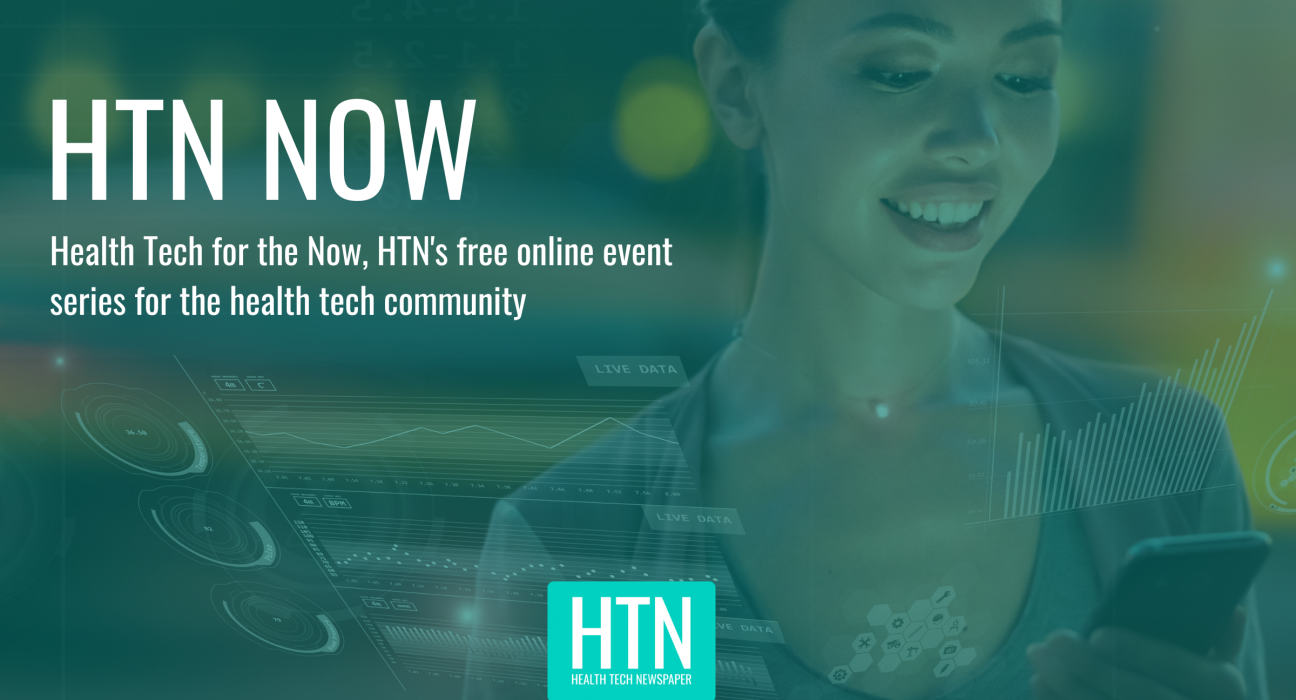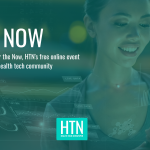
We had the opportunity to speak with Aislinn Gannon, general manager for digital health at Ireland’s Health Service Executive, on her experience with digital health programmes, and her perspectives on the future of tech in health.
We started out by asking Aislinn to tell us a little bit about herself and her current role.
“I’ve worked in health for the last 33 years, starting off as a nurse. I’ve moved more predominantly into digital health over the last 20 years. My current role is general manager for digital health for five counties in Ireland: Sligo, Leitrim, Donegal, Cavan, and Monaghan. There are nine of us across the country, and we all sit in the community in health operations – they were new roles that came around about two years ago now. A big focus has been around creating and embedding a digital culture of change. This includes empowering staff and patients, supporting national clinical programmes, telehealth, and also supporting and advocating for operations and patients.”
In Ireland, Aislinn commented, the community side of healthcare has traditionally been a little deprived from a digital point of view as a lot of digital health work focused on the acute side. “Ireland doesn’t have an electronic health record in community – there are pockets of really good practice,” she said. “There’s a lot of work to be done, and there has been a lot of work that has been done.”
In addition, Aislinn has completed an MSc in health informatics, with her dissertation focusing on the acceptability of using telehealth, as well as an MSc in digital transformation.
Digital projects and programmes
One of Aislinn’s first digital projects was in 2007/8. “I suppose it shows the advancement, because if you look at it, we’re only just doing some of this stuff now in Ireland,” she commented. “That project was developing a long-term condition telephone service in collaboration with the Met Office. We used early AI to identify when there were weather synapses, and then that would trigger automated phone calls that went to patients to advise them to use their emergency medications. It reduced hospital admissions, so that was forward thinking at the time; that was one of my favourite projects I’ve worked on.”
More recently, Aislinn described how the head of older persons services from her area, Frank Morrison, came to her to highlight problems around bed utilisation. “Previously, they relied on nurses reporting bed usage in excel sheets, which would get passed on to Frank’s office on a monthly basis,” she shared. “You can imagine; by the time they collated information from all 19 hospitals, that information is out-of-date. They didn’t have real-time data, so that meant they were spending about three to four hours per day on telephone calls to find the information as they needed it.
“We were interested in how we could get that data in real-time, so we worked with an organisation and used a Power BI and power apps to get the nurses to input data on a daily basis about their bed usage. That goes onto a live dashboard, so automatically they have a live view of what is going on in the different areas. Bed utilisation increased by 20 percent within three months, so it was a huge impact. The tech wasn’t actually a big part of it – I think this project just goes to show how simple solutions can actually have the biggest impact. It was all about the people, the process, and trying to find solutions that fitted into the staff pathways. The five principles of digital transformation for me are strategy and culture; engaging stakeholders; data, which is really key; the process; and then the tech bit is the bit that just comes on top. We were delighted to win a HSE award for engaging a digital solution to provide a better service.”
Aislinn went on to tell us more about some of what is happening around digital in Ireland at the moment, saying: “The telehealth roadmap just launched, along with the virtual wards strategy – they are two areas of priority at the moment, and there’s work going on to try and get the infrastructure in place. A new Digital Health Strategy is on the horizon. For community, one of biggest digital change programmes, the ICCMS, which is the Integrated Community Case Management System, is currently underway.”
“People feel like they are not ‘digital’, when in fact they are”
Aislinn shared insights into digital health in Ireland with regards to staff appetite.
“An early project I did was a collaboration with seven of the other community healthcare organisations; we carried out the largest survey that’s ever taken place from a digital perspective in Ireland, with over 4,000 respondents. There were some key findings behind that – for example, a low percentage of our staff reported that they had had formal training, so that showed a clear need for more support.
“However, when it was essential to use technology – for example, mandatory training via a digital platform – 98 percent showed confidence. The survey just demonstrated the fact that people feel like they’re not ‘digital’, when in fact they actually are; they just don’t seem to transmit that into the work environment.”
“In our area, thanks to support from Dermot Monaghan, chief officer and executive management team, we are seeing a culture shift in digital attitude and adoption. Collaboration with senior management, other digital team colleagues, e-Health, Chief Clinical Information Office, but most importantly staff and patients is key to success.”
Achievements and future plans
We asked Aislinn what she was most proud of from her time working at HSE.
She said: “I think it’s my team, and the culture change we are making within our five countries. It started off with just me and we’ve grown into a team of seven. We’ve made great in-roads, we’re doing a lot of work with stakeholders, we’re looking at how we can change the mindset about digital. Staff are actually approaching us, and really starting to adopt some of the digital tools and some of the things we have access to.
“We’ve worked with a lot of offices now, helping them move to paper-light. There’s a lot of talk all the time about digital health records; but actually there’s more we can be doing with our services, in HR, in corporate, in admin. There are a lot of services that can be digitised now that can bring improvements.
“We actually have a lot of the tools we need. I’d say we have around 80 percent of the tools we need to do business as usual. There’s lots we can do with what we’ve got, and that’s what we’re trying to do. My staff have developed some online guides and webinars, capitalising on what might be considered ‘basics’ to some people; but it’s about how they can use it in their pathways.”
What are you most excited about in terms of digital health in the future?
Aislinn said it comes back to the basics again. “We need an electronic health record across Ireland; that would solve a lot of our problems,” she said. “Having that would then allow us to explore further innovation, and digital transformation – there’s a lot of exciting stuff. I’ve been looking at waiting lists; I think there’s so much that can be done even before a patient even comes through our doors. There are ways that we can track symptoms, find out where people are on their journeys, to best support them to get the right care, at the right time, in the right place. We just need to get the basics in place first.”
We would like to thank Aislinn for her time, and for sharing her insights and experiences with us.




